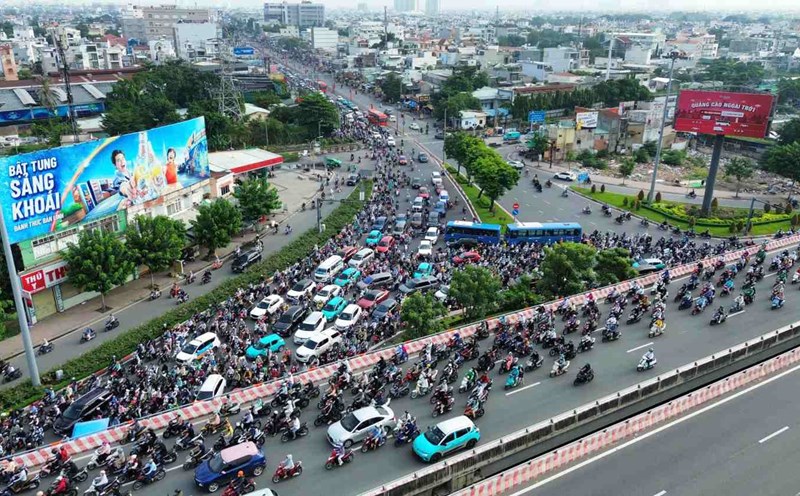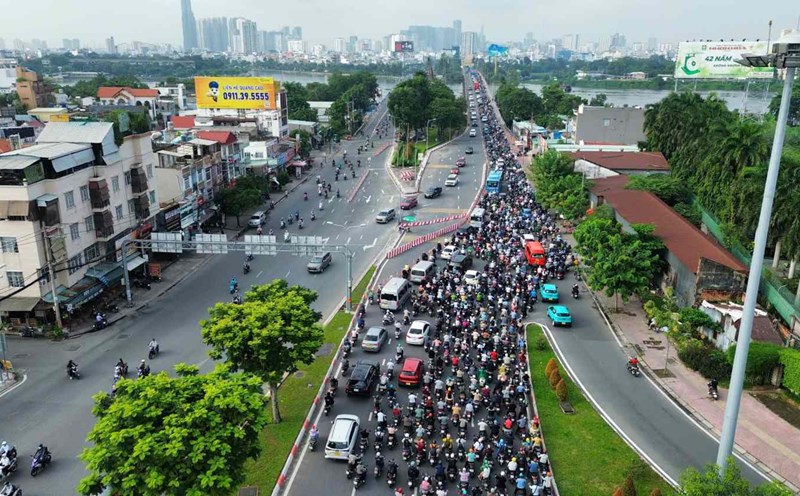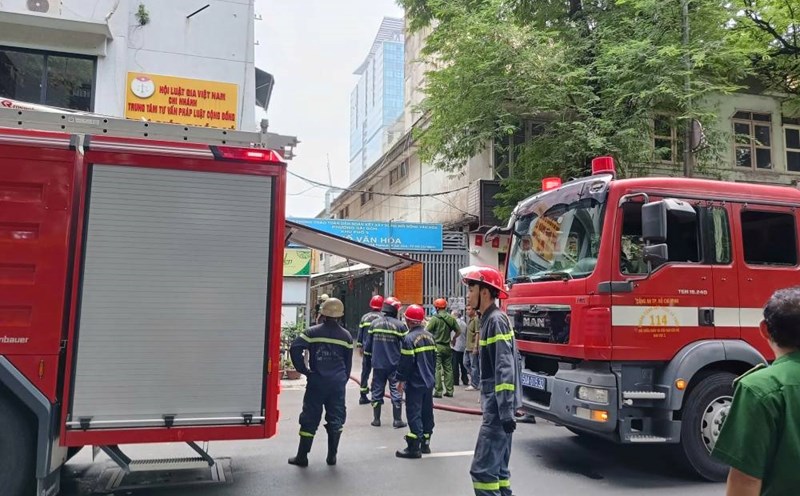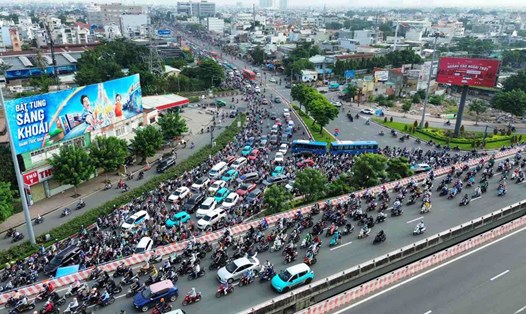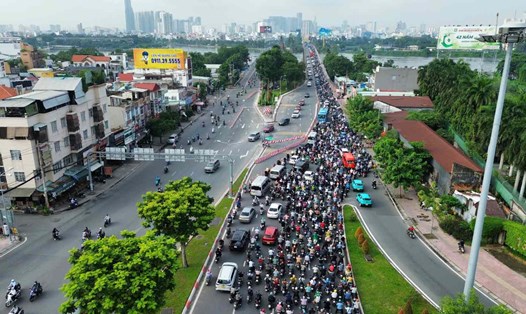National Highway 13 is a vital route connecting Ho Chi Minh City with the former Binh Duong and Binh Phuoc.
While the section through Binh Duong has been upgraded many times before and is now expanded to 8 open lanes, the section through Ho Chi Minh City has only 4 - 6 lanes, becoming a "bottleneck" causing prolonged congestion.
In particular, since adjusting traffic on Binh Trieu 1 and Binh Trieu 2 bridges, every morning at rush hour, the traffic flow from National Highway 13, Binh Trieu 2 bridge to Dinh Bo Linh street has been continuously congested, causing great pressure on traffic towards the center of Ho Chi Minh City.
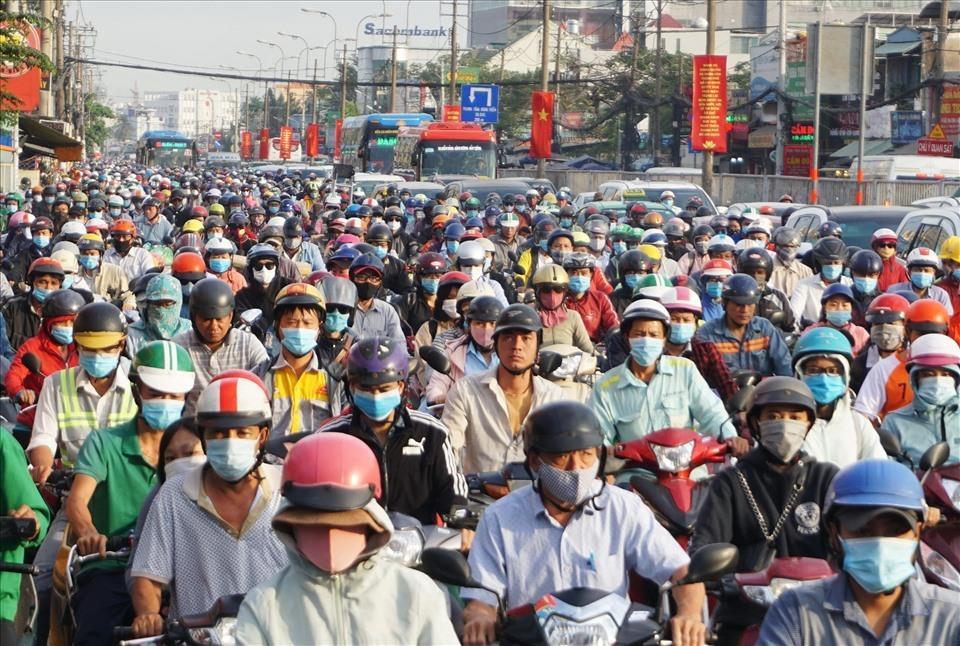
According to the Ho Chi Minh City Department of Construction, the project to expand National Highway 13 (from Binh Trieu Bridge to Vinh Binh Bridge, formerly bordering Binh Duong) will widen the road surface from 19 - 27 m to 60 m.
The biggest highlight of the project is the construction of a 3.2 km long overpass (elevated road), 4 lanes wide, maximum design speed of 80 km/h, extending from the Binh Loi bridge intersection to Binh Phuoc bridge.
Under the overpass is a parallel road system on both sides, with 3 lanes on each side, with a maximum speed of 60 km/h.
The project also builds two underpasses at the intersection of Binh Loi Bridge and Binh Phuoc Bridge to reduce cross-section pressure.
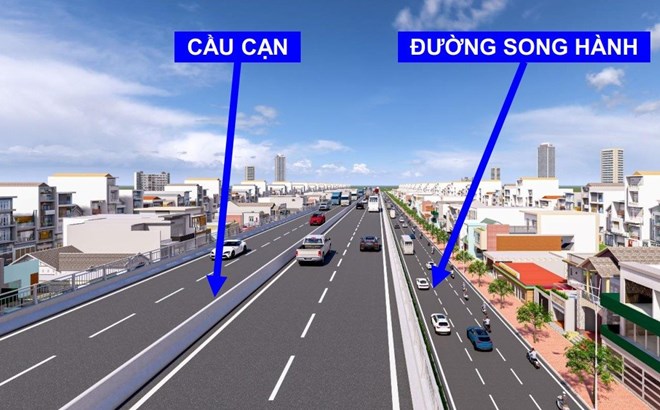
The project has a total investment of about VND 20,900 billion, of which compensation, support and resettlement costs account for VND 14,619 billion from the city budget; the construction part is about VND 6,281 billion under the BOT form.
The total area of recovered land is about 39.54 hectares, affecting 1,091 households, of which 238 households must be cleared.
The project is currently in the process of preparing a feasibility study report. The site clearance work is expected to start from the end of 2025 to the third quarter of 2026; construction will start in the third quarter of 2026 and be completed in 2028.
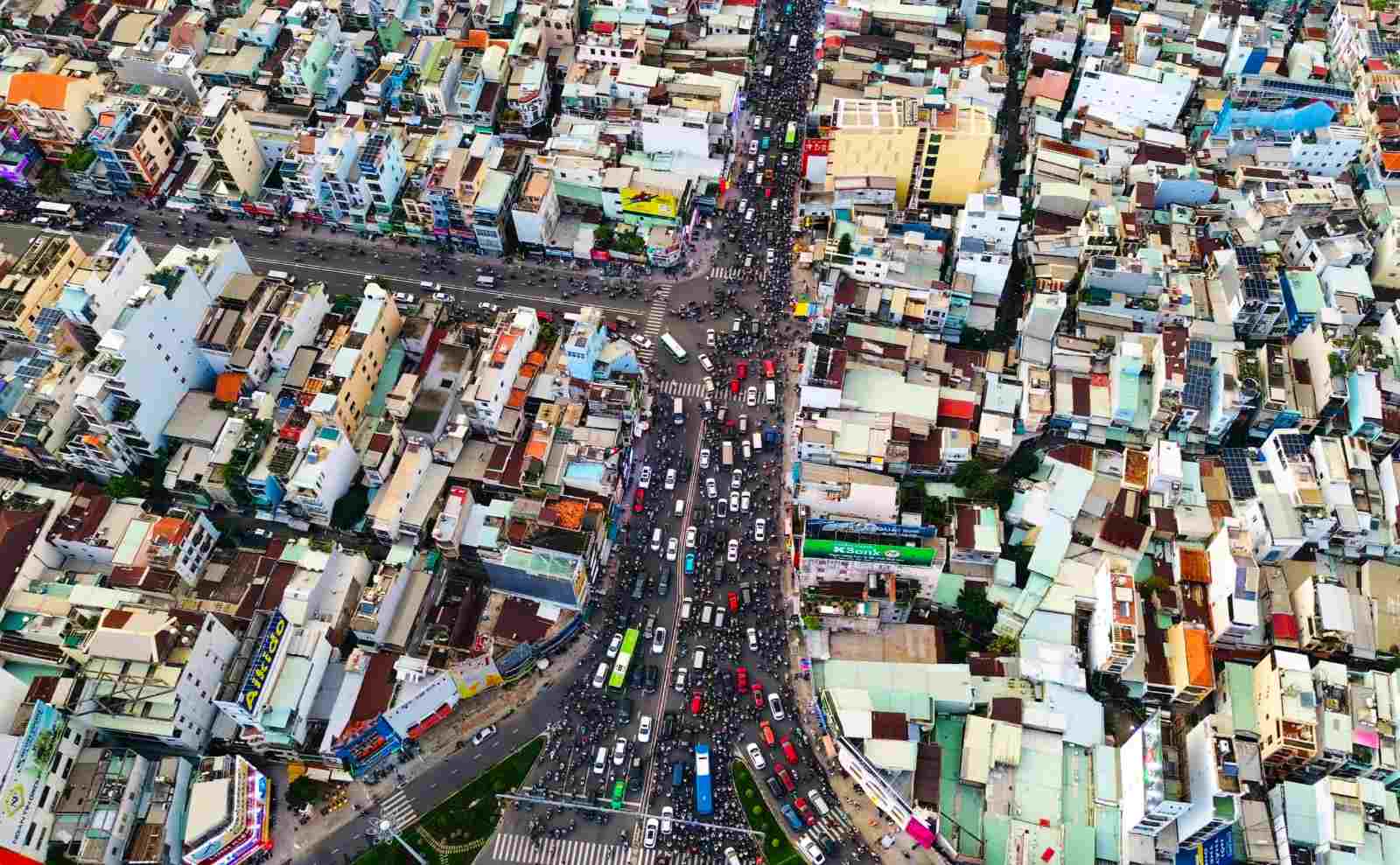
In parallel with National Highway 13, the Ho Chi Minh City Department of Construction said that it is studying the expansion and upgrading of two key routes, Dinh Bo Linh and Xo Viet Nghe Tinh, in the period up to 2030.
Xo Viet Nghe Tinh Street (2 km long, from Hang Xanh to Binh Trieu Bridge, including National Highway 13 section in front of Mien Dong Bus Station) will widen the road surface to 30 m, building Dai Liet Si intersection according to the roundabout plan combined with underpass. The total estimated investment capital is 7,000 billion VND.
Dinh Bo Linh Street (more than 2 km long, from Pham Van Dong to Dien Bien Phu) will be expanded to 25 m, and a new Binh Trieu Bridge will be built with a scale of 6 lanes. The total investment capital is about 2,900 billion VND.
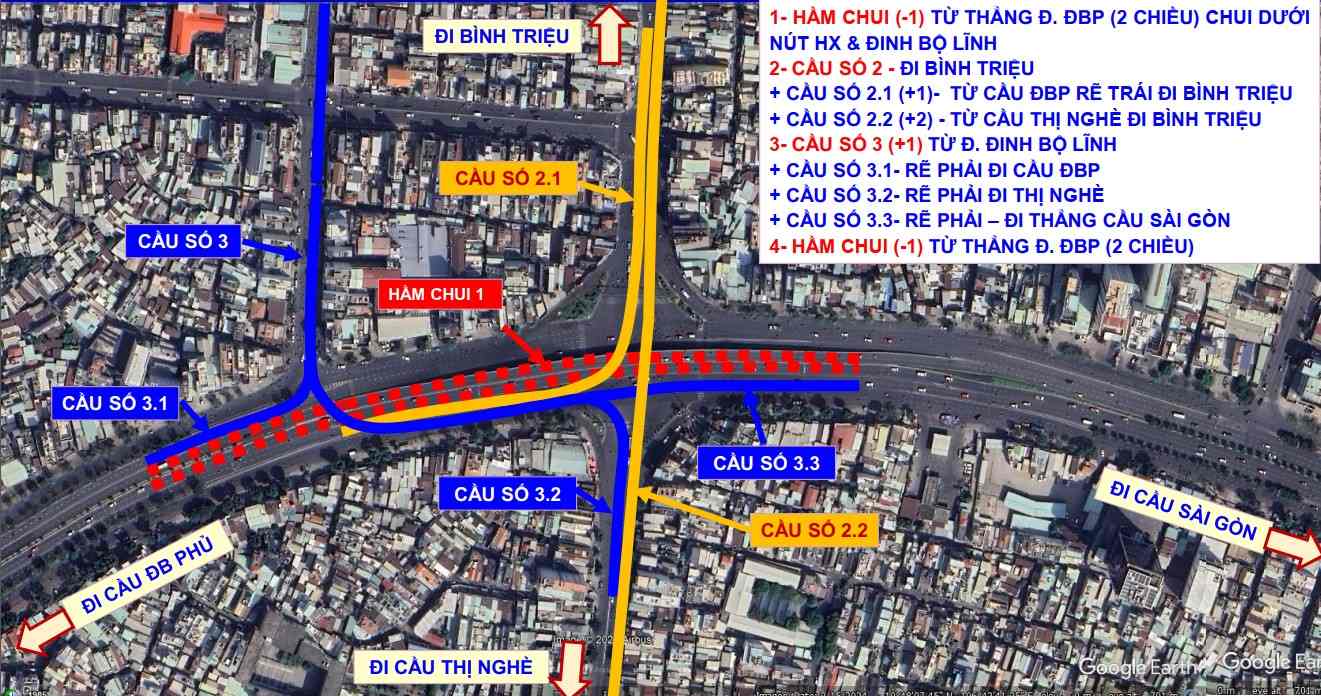
Not only expanding the road surface, these two routes are also being studied for an elevated road construction plan to synchronously connect with the National Highway 13 expansion project.
When completed, the elevated road system from National Highway 13 connecting to Dien Bien Phu Street will form a modern traffic axis, contributing to completely reducing congestion at the Northeast gateway of Ho Chi Minh City.
A business is being assigned by the Ho Chi Minh City People's Committee to study a TOD project (urban development according to the orientation of public transport) in the Hang Xanh area, with a total preliminary investment of about 216,000 billion VND (more than 8.5 billion USD).
The project aims to solve congestion, increase connectivity to key areas such as Hang Xanh, Dai Liet Si intersection and Binh Trieu bridge, and study smart traffic applications to optimize movement and reduce environmental impact.
According to calculations, to implement a compact urban area around Hang Xanh, the project needs to reclaim more than 50 hectares of land, affecting about 4,134 households with more than 15,000 people.

